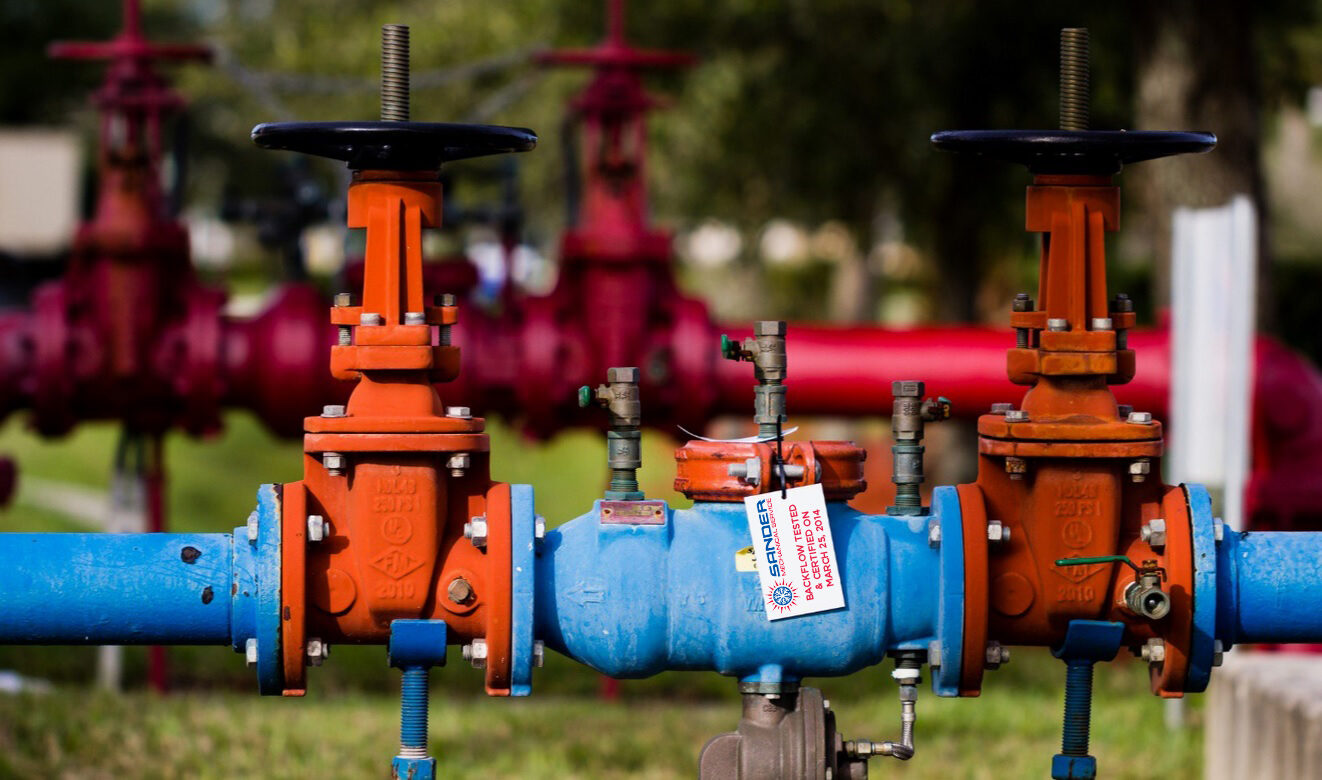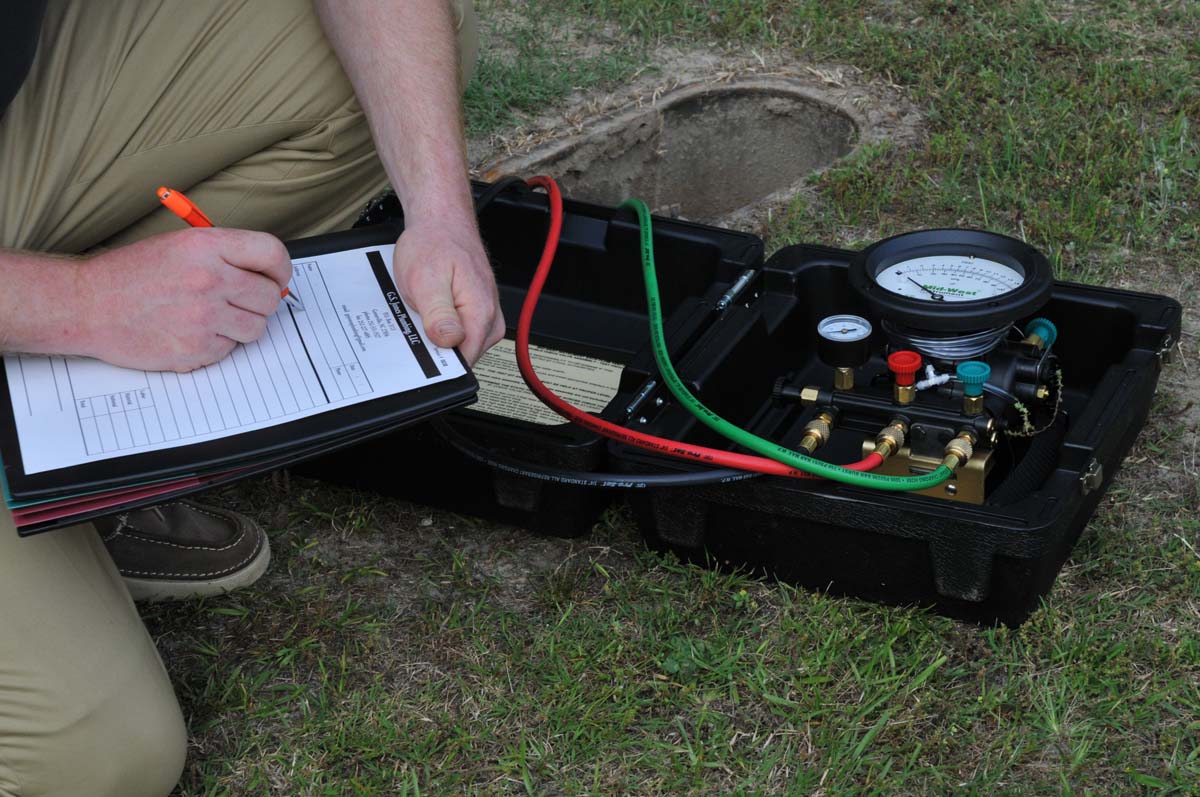Is Backflow Testing Important for My Water Supply?
Is Backflow Testing Important for My Water Supply?
Blog Article
What're your beliefs about Backflow Assembly Testing?

Yes, you need to backflow test your home's water supply to make sure that the water is without toxic substances and harmful levels of chemicals. Due to the tools needed as well as room for error, you need to not try to do heartburn screening by yourself. We suggest that you call a specialist plumber every couple of years to examine your water.
What is Backflow?
In short, backflow is when water moves upwards-- the contrary instructions in the plumbing system. This is also known as "backpressure." When the water relocates this instructions, it can mix with dangerous contaminants and also pose a risk.
What Creates Heartburn?
A regular source of heartburn is a loss of water stress that causes the water to siphon back into the water system. An example is clearing out a paint bucket using a hose pipe. You fill the paint container up with water, leaving the pipe in the container. After time, there is a loss in water stress and also the pipe starts to suck the water back right into the water. As you can picture, there are now chemicals from the paint that are going into the water system, potentially positioning a risk. Many individuals are not even conscious of heartburn testing, but there are lots of factors why it's so crucial.
Backflow Testing is Needed by Law in Certain Cities
Depending upon where you live, you might actually be needed by legislation to backflow test your law. Iowa City maintains a record of all properties offered by the city's water supply. The city requires that certain "high-hazard" centers undergo backflow screening. Sometimes, houses such as homes as well as apartment are affected.
You Can Avoid Backflow
If you have a specialist plumber set up a backflow tool, unsafe backflow is easily avoidable. The plumber will certainly also test for backflow and establish if there is an energetic threat. The primary objective of a heartburn gadget is to prevent water from moving backwards into your water supply. Plumbing professionals set up the device on the pipes in your house to make certain that the water only moves in the appropriate instructions.
Heartburn Can Effect Both You and also Your City
Numerous cities establish backflow standards because harmful backflow can influence the public water system in addition to a solitary building. Fortunately, modern-day cities have backflow tools in place that safeguard the water system that comes from most homes and also commercial residential or commercial properties. The actual threat originates from watering systems, which can damage the water system with toxic fertilizers, manure, and other chemicals.
Call a Plumber to Test for Backflow Before It is Far too late
A plumbing company can promptly evaluate your home's water to determine if there are any kind of dangerous chemical levels. And also if you do discover that your water has high levels of toxic substances, a plumber can conveniently mount a heartburn prevention gadget.
Yes, you require to backflow examination your residence's water supply to guarantee that the water is totally free of toxic substances and also damaging degrees of chemicals. A normal reason of heartburn is a loss of water stress that creates the water to siphon back right into the water supply. After some time, there is a loss in water stress as well as the pipe begins to suck the water back right into the water supply. The primary function of a backflow tool is to protect against water from moving in reverse right into your water supply. Lots of cities establish backflow standards since harmful backflow can affect the public water supply in enhancement to a single structure.
WHY DOES BACKFLOW TESTING NEED TO BE DONE EVERY YEAR
What Is Backflow?
Toxic gas backing up into a building is one example of potential backflow issues, but backflow can occur in many other ways.
Backflow is generally referred to as the reversal of a liquid or gas in a plumbing system.
Most issues for the public occur with backflow resulting in contaminated drinking water. If you look up backflow issues online you’ll probably find references to “potable” water. That means drinking water.
There have been backflow issues in the past with drinking water. Chemicals, sewage and other contaminants have found their way into drinking water causing health issues for those that count on the fresh water.
What Causes Backflow?
In a residence or commercial building water generally flows one way. This normal flow is usually driven by consistent pressure in the water and waste system.
Anything that changes the normal pressure in the system can lead to backflow.
Fire hydrant use or malfunction can reverse the normal pressure in the system on a city line, but backflow can occur in a number of different ways.
Sometimes backpressure might be caused by someone using a garden hose and submerging the end of the hose in a pool of liquid. If pressure is lost the flow could reverse and contaminants could be released into the drinking water.
Anytime there is a connection between contaminants and the drinking water there is potential for a backflow issue. Sometimes these connections are not immediately obvious like the garden hose connecting to a building’s drinking water supply.
Backflow Regulations
The Environmental Protection Agency (EPA) provides guidelines and regulations for state and local governments regarding backflow. State and local governments also have their own guidelines and regulations for backflow prevention.
Arizona has its own backflow regulations.
Due to issues with backflow in the past, regulations require backflow preventer devices to be used in nearly all residential and commercial buildings.
A backflow preventer is a device that prevents backflow as cross-connection points where potential backflow issues may occur.
While backflow is not a common occurrence, preventers are in place to make sure there is no contamination should something malfunction or go wrong with a building’s water supply.

I'm very taken with Backflow Prevention and I hope you enjoyed the entire page. Do you know about someone else who is in to Backflow Prevention? Please feel free to share it. Thanks so much for your time spent reading it.
Click Here
Report this page